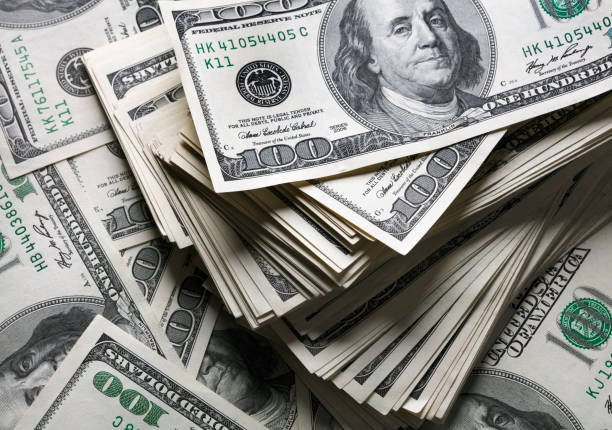The Bretton Woods Agreement of 1944 initially established a gold-backed global monetary system, with the U.S. dollar as the world’s reserve currency. However, by the late 20th century, even this gold-based system would be abandoned, giving rise to fiat currencies—money that is not backed by any physical commodity but instead derives value from government regulation and public confidence. The transition from metal-based standards to fiat currency marked a defining moment in global finance, fundamentally changing how money was created, valued, and managed.

1. The Bretton Woods System and Its Dependence on Gold
- A New Post-War Monetary Order
- After World War II, global leaders sought to create a stable financial system to prevent economic crises like those of the interwar period.
- The Bretton Woods system was designed to maintain fixed exchange rates, with currencies pegged to the U.S. dollar, which in turn was backed by gold at $35 per ounce.
- The U.S. Dollar Becomes the Global Standard
- The United States, holding the largest gold reserves in the world, positioned the dollar as the foundation of global trade and finance.
- While countries could no longer back their currencies with silver or other metals, they could exchange dollars for gold, making gold the last remaining metal-based monetary standard.
- Silver’s Complete Removal from the Monetary System
- Unlike previous international systems that relied on bimetallism (gold and silver), Bretton Woods excluded silver entirely.
- Countries no longer needed to hold silver reserves, further diminishing its role as a financial asset.
2. The Breakdown of the Gold Standard and the Shift to Fiat Money
- The Nixon Shock (1971): The End of Gold Convertibility
- By the late 1960s, the U.S. faced economic pressures, including rising inflation and trade deficits, making it difficult to maintain the $35 per ounce gold peg.
- In 1971, President Richard Nixon ended the convertibility of the U.S. dollar into gold, effectively dismantling the Bretton Woods system.
- The Rise of Fiat Currencies
- With the collapse of the gold standard, currencies became “fiat money“—government-issued currency with no intrinsic value, backed only by confidence in the issuing nation’s economy.
- Governments and central banks gained more control over monetary policy, adjusting interest rates and money supply without being constrained by gold or silver reserves.
- The Shift from Metal-Backed Money to Floating Exchange Rates
- With gold no longer anchoring global finance, exchange rates floated freely based on market supply and demand.
- This shift created a more flexible financial system, allowing for economic growth but also introducing new risks, such as inflation and currency devaluation.
3. The Impact of Fiat Currency on Silver and Gold
- Silver Became a Pure Commodity, Not Money
- With the rise of fiat currencies, silver lost its monetary function and became purely a commodity used in industry and investment.
- Nations phased out silver coinage, replacing it with base metals such as nickel and copper.
- Gold Remained a Store of Value
- While gold also lost its formal role in currency backing, it retained its status as a store of value, often used by central banks as a reserve asset.
- Silver, however, did not retain the same level of monetary importance, as its price was more volatile and influenced by industrial demand.
- New Monetary Policies Based on Government Control
- Central banks, such as the Federal Reserve (U.S.) and the European Central Bank (ECB), took full control of monetary supply and inflation management.
- Without gold or silver backing, currency values became dependent on economic stability, government policies, and market confidence.
Conclusion: The End of Metal-Based Money and the Fiat Currency Era
The rise of fiat currencies and the collapse of the gold standard in the 1970s marked the final departure from metal-based monetary systems. While gold retained its role as a reserve asset, silver was fully removed from global finance, becoming a commodity rather than a currency standard. This shift allowed for greater flexibility in monetary policy, but also introduced inflation risks and financial instability.
